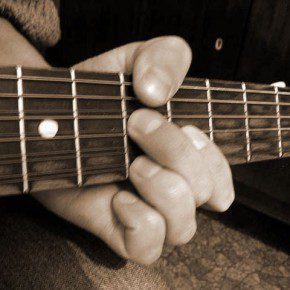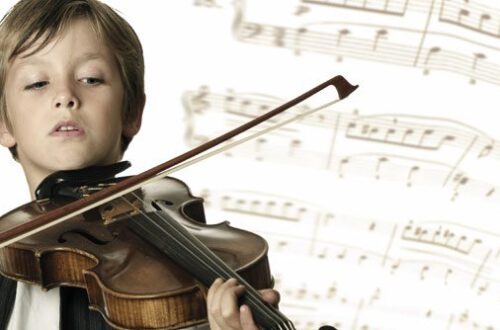
Seascape in music
 It is difficult to find in nature anything more beautiful and majestic than the sea element. Constantly changing, endless, beckoning into the distance, shimmering with different colors, sounding – it attracts and fascinates, it is pleasant to contemplate it. The image of the sea was glorified by poets, the sea was painted by artists, the melodies and rhythms of its waves formed the musical lines of the works of many composers.
It is difficult to find in nature anything more beautiful and majestic than the sea element. Constantly changing, endless, beckoning into the distance, shimmering with different colors, sounding – it attracts and fascinates, it is pleasant to contemplate it. The image of the sea was glorified by poets, the sea was painted by artists, the melodies and rhythms of its waves formed the musical lines of the works of many composers.
Two symphonic poems about the sea
The French impressionist composer C. Debussy’s passion for the beauty of the sea was reflected in a number of his works: “Island of Joy”, “Sirens”, “Sails”. The symphonic poem “The Sea” was written by Debussy almost from life – under the impression of contemplating the Mediterranean Sea and the ocean, as the composer himself admitted.
The sea wakes up (part 1 – “From dawn to noon on the sea”), sea waves gently splash, gradually accelerating their run, the sun’s rays make the sea shimmer with bright colors. Next comes the “Wave Games” – serene and joyful. The contrasting finale of the poem – “Dialogue of Wind and Sea” depicts a dramatic atmosphere in which both raging elements reign.
C. Debussy Symphonic poem “The Sea” in 3 parts
Seascape in the works of M.K. Čiurlionis, a Lithuanian composer and artist, is presented in sounds and colors. His symphonic poem “The Sea” flexibly reflects the bizarre changes of the sea element, sometimes majestic and calm, sometimes gloomy and frantic. And in the cycle of his paintings “Sonata of the Sea”, each of the 3 artistic canvases has the name of parts of the sonata form. Moreover, the artist transferred not only names into painting, but also built the logic of the development of artistic material according to the laws of the dramaturgy of sonata form. The painting “Allegro” is full of dynamics: raging waves, sparkling pearl and amber splashes, a seagull flying over the sea. The mysterious “Andante” shows a mysterious city frozen at the bottom of the sea, a slowly sinking sailboat that stopped in the hand of an imaginary colossus. The majestic finale presents a harsh, huge and swift wave looming over the small boats.
M. Čiurlionis Symphonic poem “Sea”
Genre contrasts
The seascape is present in all existing musical genres. Representation of the sea element in music is an integral part of N.A.’s work. Rimsky-Korsakov. His Symphonic painting “Scheherazade”, the operas “Sadko” and “The Tale of Tsar Saltan” are full of superbly created pictures of the sea. Each of the three guests in the opera “Sadko” sings about his own sea, and it appears either cold and formidable in the Varangian’s, or splashes mysteriously and tenderly in the story of a guest from India, or plays with shining reflections off the coast of Venice. It is interesting that the characters of the characters presented in the opera surprisingly correspond to the pictures of the sea they painted, and the seascape created in the music is intertwined with the complex world of human experiences.
ON THE. Rimsky-Korsakov – Song of the Varangian Guest
A. Petrov is a famous master of cinematic music. More than one generation of moviegoers fell in love with the film “Amphibian Man.” He owes much of his success to the music behind the scenes. A. Petrov found rich means of musical expression to create a picture of mysterious underwater life with all its bright colors and smooth movements of sea inhabitants. The rebellious land sounds contrast sharply with the maritime idyll.
A. Petrov “Sea and Rumba” (Music from the song “Amphibian Man”
The beautiful endless sea sings its eternal wondrous song, and, picked up by the creative genius of the composer, it acquires new facets of existence in music.




